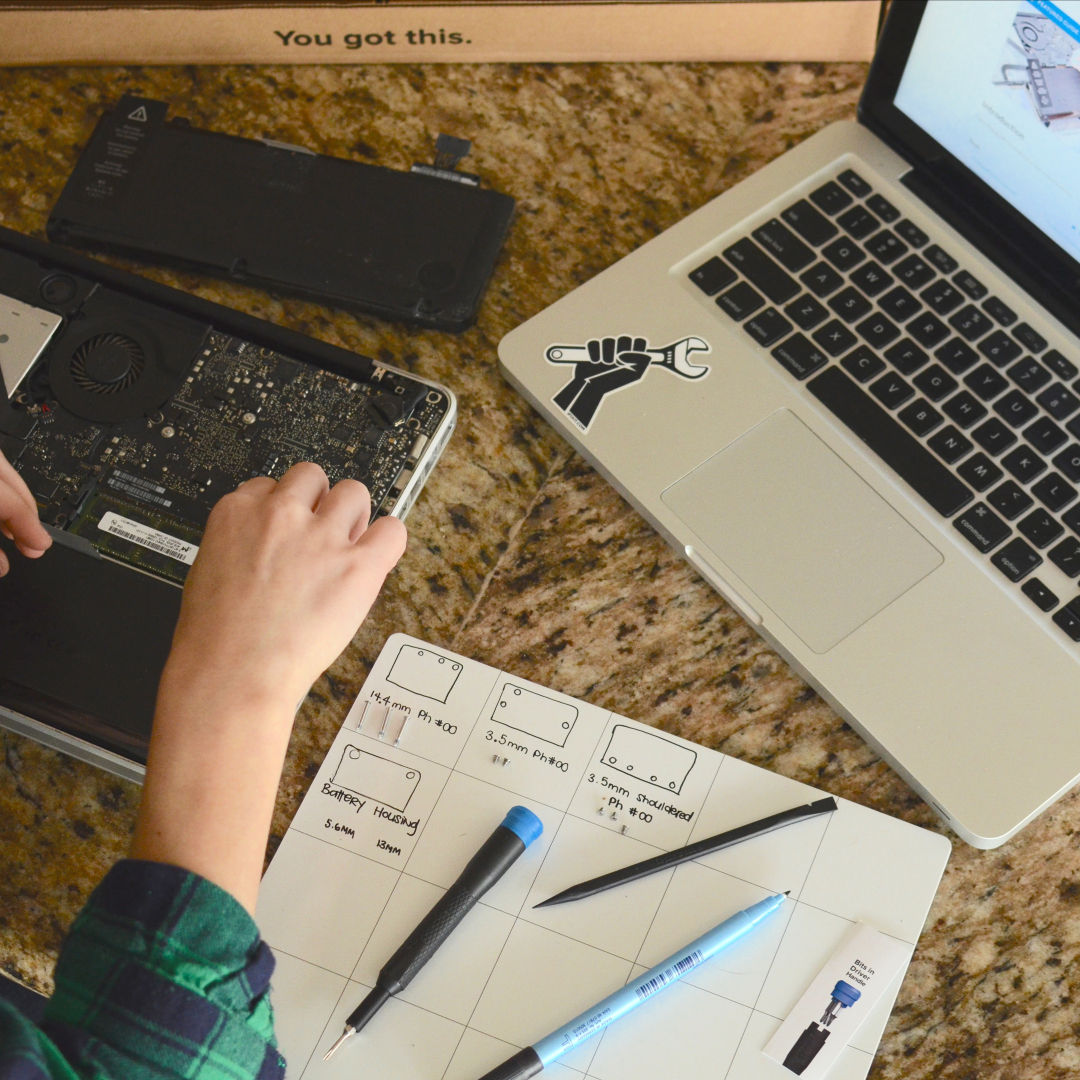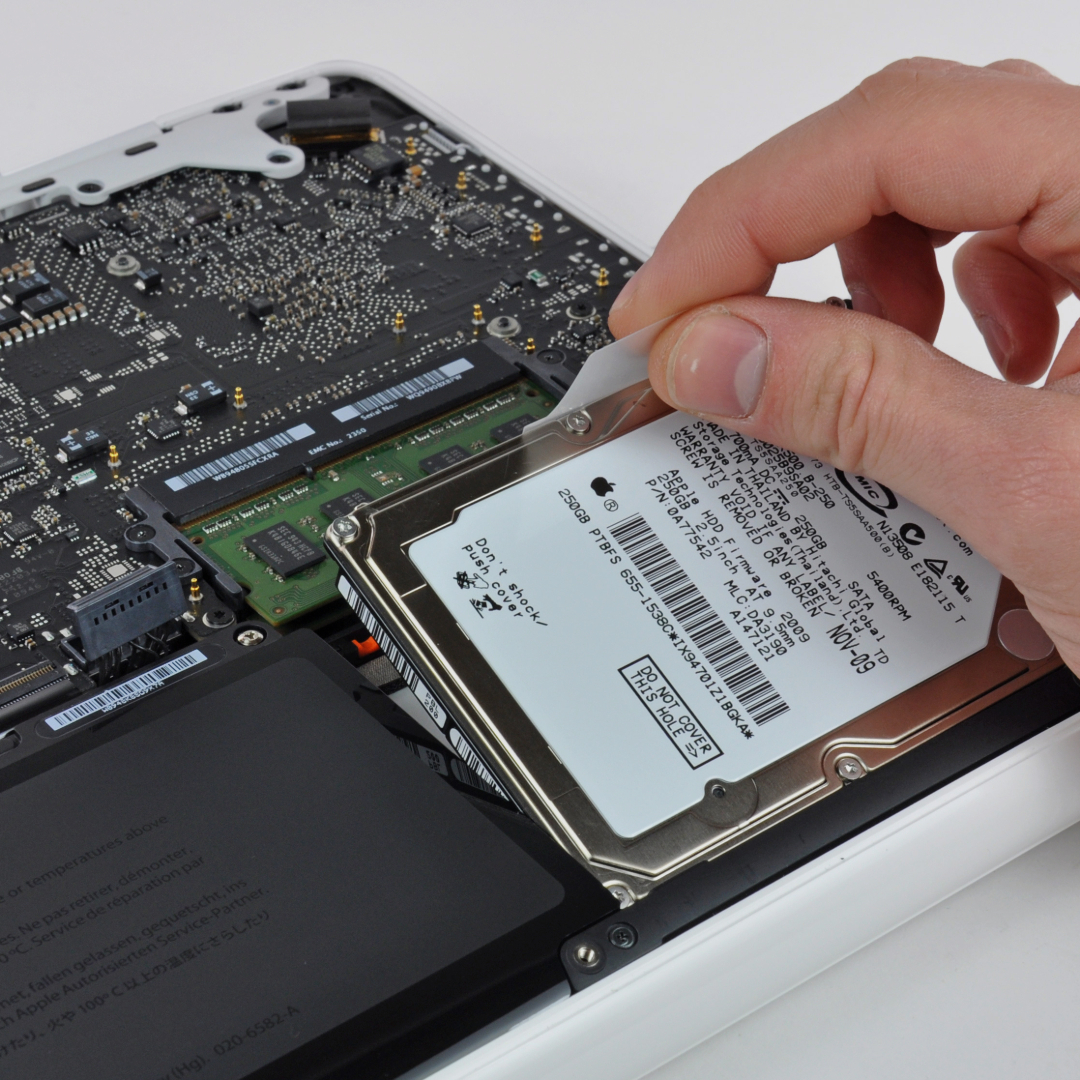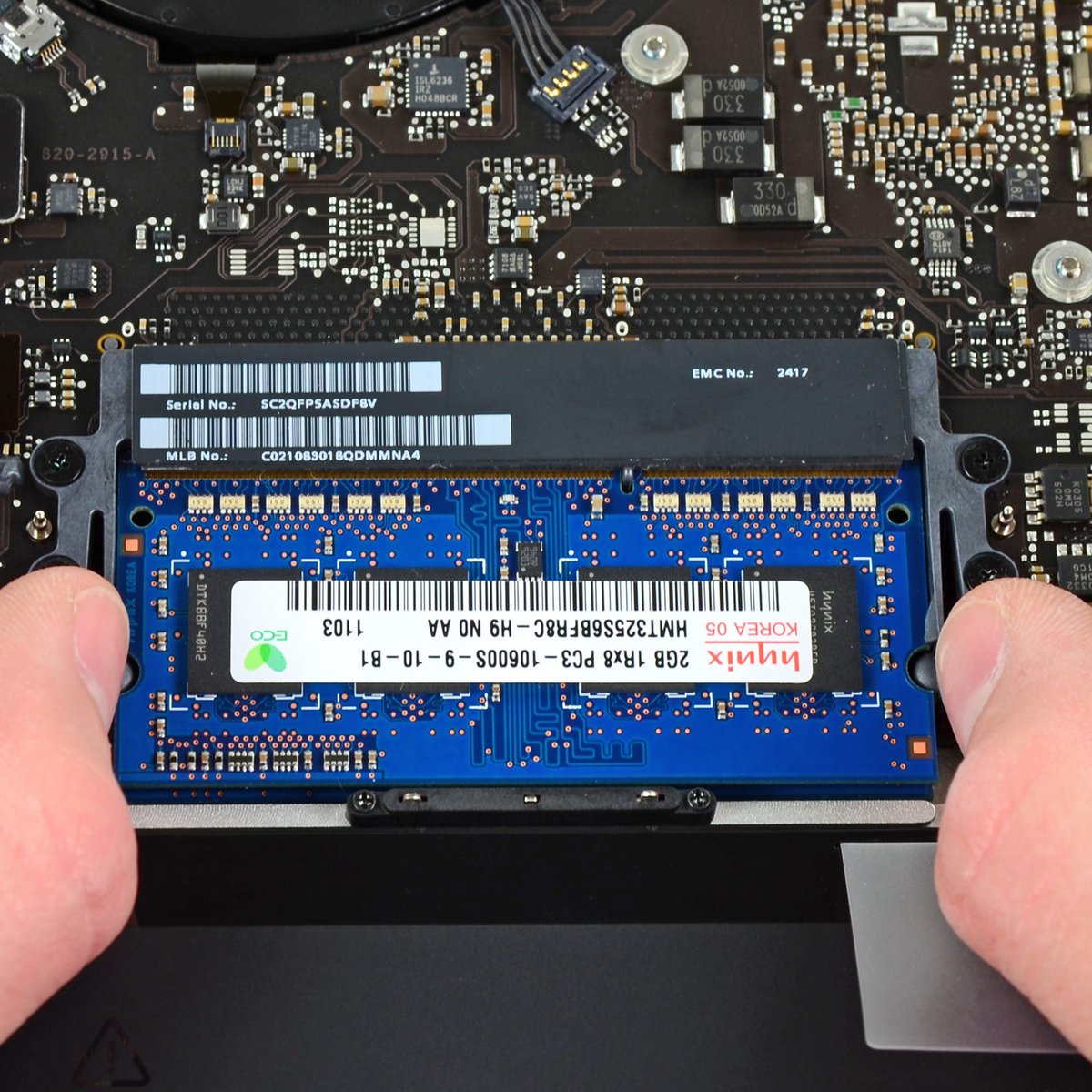It’s that time of year again: Shark week has ended. Summer loves are meeting their bitter end. And students everywhere are gearing up to return to school—which means parents everywhere are pulling out their pocketbooks to secure every item on their back-to-school shopping list.
I used to love back-to-school shopping. Just like Hermione, I get weirdly excited about new parchment. I have very fond memories of my annual trip to Office Max with my mother to pick up new school supplies. But, boy, has back-to-school shopping changed since the days of mechanical pencils, a pack of college ruled paper, and a Hello Kitty-themed folder (if I was good).
According to Deloitte, computers make up the highest spending category for back-to-school shopping—at an average of $299 per consumer.
Early reports show that parents are spending more than ever on back-to-school shopping this year—with electronics eating up more and more of the budget. According to Deloitte, computers make up the highest spending category for back-to-school shopping. With Apple’s lowest-priced laptop being last year’s $999 MacBook Air (and the highest-priced being the new $6,000 MacBook Pro)—it’s no wonder!
Now, there are plenty of (Buzzfeed-style) shopping lists touting how to get the best deals on back-to-school tech, and that’s fine. But not one of them has talked about the most cost-effective back-to-school savings hack of all: using the tech you already have. And since laptops are rumored to be taking up the lion’s share of the increasing back-to-school tech budget, I’ll focus on them specifically in this post.
Upgrading Your Laptop 101
The good news is that if you’ve already got a laptop, you can probably upgrade it with minimal expense and effort. Some of the most common issues plaguing older laptops include worn-out batteries, overstuffed storage, and difficulty handling new or updated applications.
The even good-er news is that these problems are easily fixed by replacing a few key components. And if you’ve got a MacBook, we just made a whole lot of MacBook Upgrade Kits with all the parts and tools you need to make each of these upgrades. (Don’t worry PC-owners, we’ve got loads of repair guides and parts for you, too.)
Here’s a bit more information about each hardware affliction and its corresponding cure repair—so you can be fully informed before you choose your own (upgrade) adventure:
MacBook falling asleep in class? It’s not you, it’s your battery
A bad laptop battery is a surefire way to make a student’s life miserable—heck, it can make anyone’s life miserable. When I was in college, power outlets were often the most precious resource on campus. I remember circling every floor of the library like a hawk on the prowl for a seat next to an outlet. Back then, I didn’t even bring my laptop to class to use for note-taking—so I can only imagine the panic I’d feel if my laptop died mid-lecture.
Every laptop battery has a limited number of charge cycles before its performance starts to take a hit. So if you’ve had your laptop for a few years—and you’ve never replaced the battery—you’re probably due for a fresh one. To put that in perspective: If your laptop battery can’t make it through a couple Gilmore Girls episodes, then you probably need a new one. And if you don’t trust my super-scientific Gilmore-Girls-battery-checking methodology, one of our tech writers wrote a blog post to help you figure out exactly when your battery’s time is up.
Luckily, replacing your laptop battery is a whole lot easier than an econ class. But if you need some inspiration before you get started, just check out these excellent battery repair tales from our community members. Once you’ve learned what an alien battery is and you’re feeling ready to take on the repair, you can peruse our Mac Laptop Fix Kit inventory—and find the full-length repair guide for your device showing you exactly how to make the swap.
And, fun fact: We’ve even got a DIY solution for the once-thought-unremovable Retina MacBook Pro battery. It might have taken us five years to create, but we did it—and it’s Apple Insider-approved.
Laptop + SSD = Less Stress
Is the spinning beach ball of death a regular visitor to your laptop? Then upgrading your hard disk drive (HDD) to a solid state drive (SSD) is the way to go. Most laptops ship with an HDD, but they’re not quite as quick, or capacious, as their SSD successors. Swapping out your HDD for an SSD is actually pretty easy-peasy, and there are a whole lot of reasons why you should do it—here are four of my favorites:
- Faster everything: SSDs can read and write information up to 10x faster than an HDD—that means faster boot up, application launch times, and data retrieval—so you can keep up with the fast pace of your classes.
- Increased durability: SSDs are more resistant to shock, vibration, and movement—making them well-suited for portable devices that are subject to sudden knocks and bumps (like… your laptop in your backpack).
- Improved efficiency: Since SSDs don’t have moving parts, they require less energy to operate. Less energy = increased battery life = no need to get to class 20 minutes early to claim a seat near an outlet.
- Easy installation: Our new SSD Upgrade Kits come with everything you need to make the switch—and our step-by-step guides and videos show you exactly how to do it. (If only your teachers were that prepared.)
Our SSD kit sizes include: 250 GB, 500 GB, and 1 TB. And we’ve even got a 3-minute video tutorial to show you how to turn your new SSD into an exact copy of your hard drive—so there’s no need to worry about losing your data.
Keep tabs on all your class projects
Maybe you just really need 30 tabs open all the time—and maybe your browser really likes to quit on you when you do (especially when you’re writing a research paper and all your tabs are sources that have unique URLs at least 150 characters long). More RAM will help with that. If you want to learn more about RAM, one of our tool engineers wrote all about the differences between RAM and SSD upgrades—and how to decide which one is right for you.
Our friend at VICE News also documented his first RAM upgrade using our parts, guides, and tools—so you can see exactly what you’re getting yourself into. Spoiler alert: You can totally do it, too. And you can view all of our RAM kits here.
So there you have it. You don’t need to auction off your kidneys to get your kiddos the tech they need for class—the most cost-effective back-to-school laptop is the one you already own. Upgrading it will be an education in and of itself—repair teaches engineering, problem-solving, and patience (plus it’s fun to fix with family). School is right around the corner, and so is a faster laptop—get fixing!



No comments:
Post a Comment